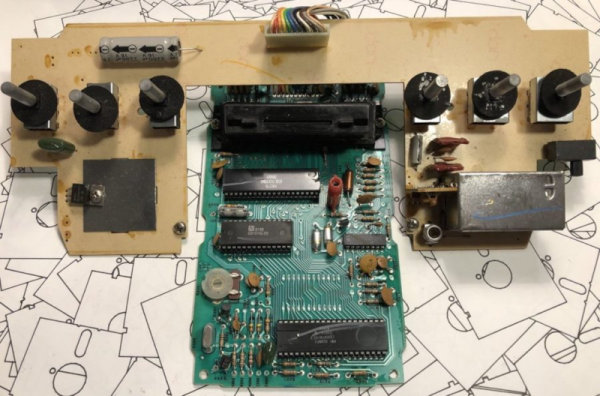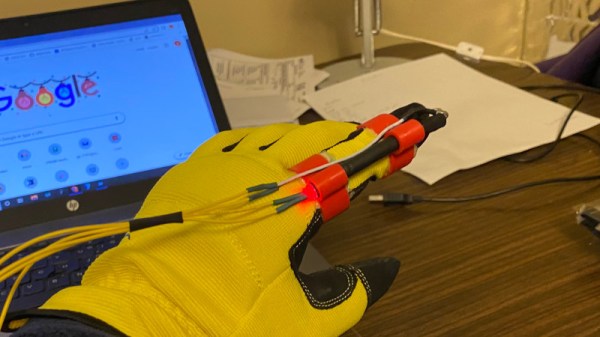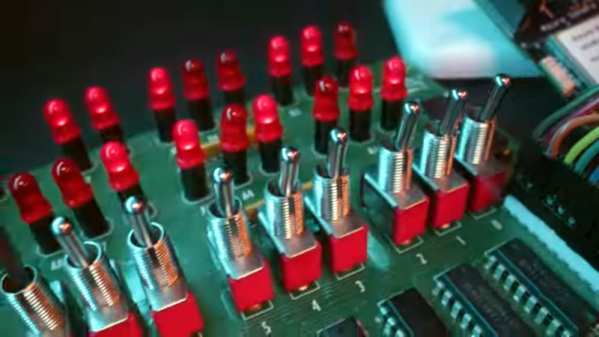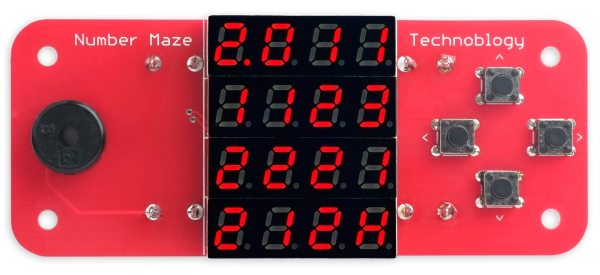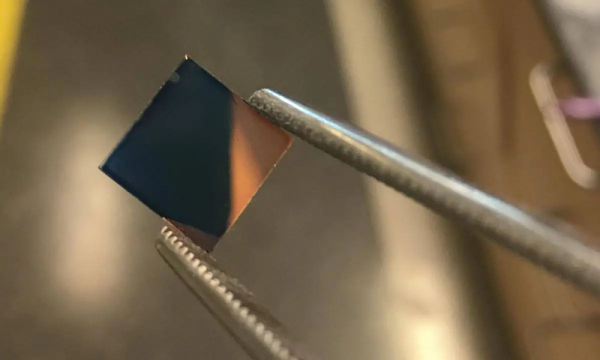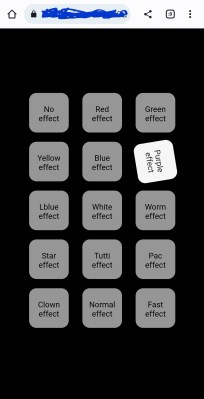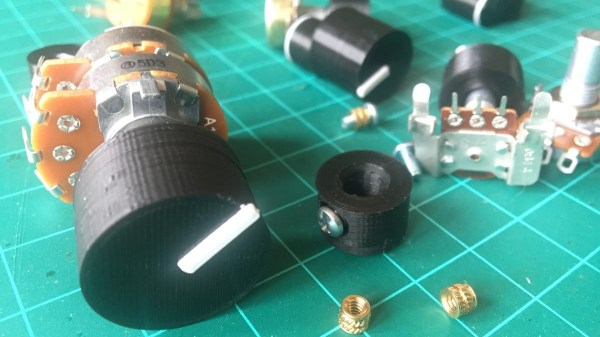The Atari 2600 was an extremely popular yet very simple game console back in the 1970s. They sold, apparently, over 30 million of them, and, of course, these things broke. We’d get calls from friends and — remember, back then normal people weren’t computer savvy — nine times out of ten, we’d ask them to swap the controllers to show them it was a bad controller, and problem solved. But if you did have to open one up, it was surprising how little there was inside, as [Steve] notes in his recent teardown.
The bulk of the circuit board was switches, the power supply, and a TV modulator if you remember those. The circuit board was a tiny thing with a shrunk-down 6502, a 6532 RIOT chip, and a custom chip called a TIA. If you are familiar with those chips, you might wonder if the TIA had any memory in it. It didn’t. Nearly all the ROM and RAM for the game lived in the cartridge itself. Sure, the RIOT has 128 bytes of memory, but that’s not much.

